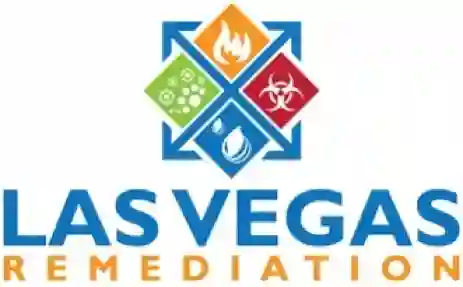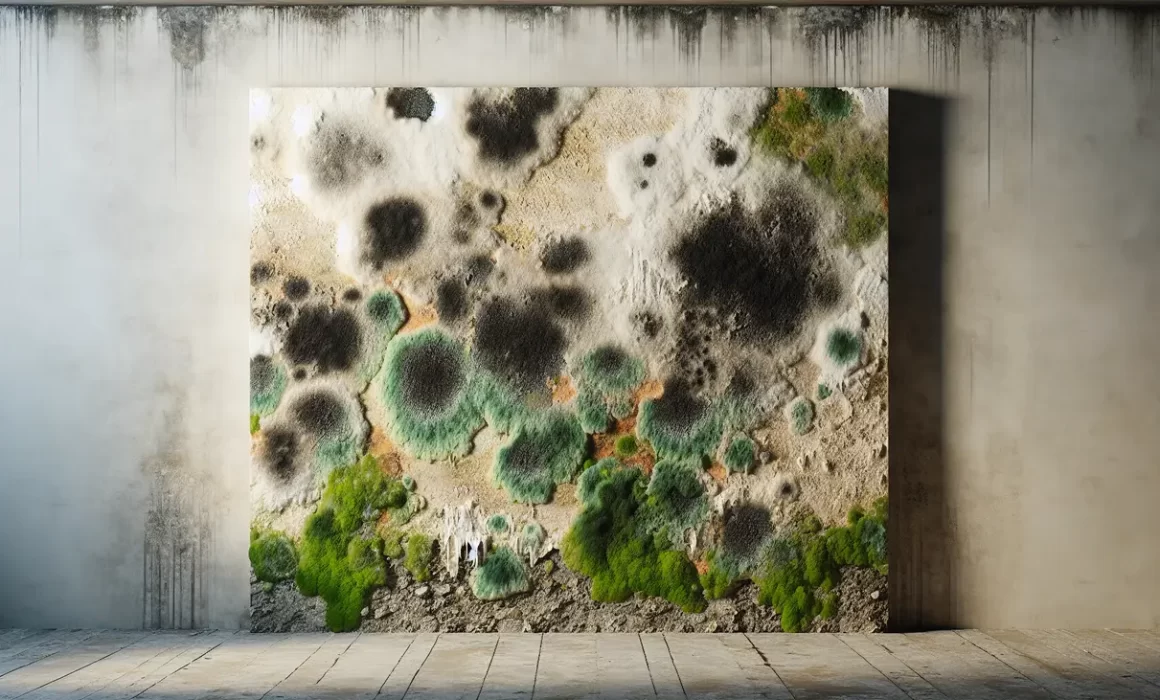Structural restoration is a powerful process that transforms damaged properties, giving them a new lease on life. This blog explores how structural restoration works, its benefits, and the steps involved in restoring a property to its former glory.
Understanding Structural Restoration
Before diving into the process, let’s understand what structural restoration truly means. It is the art and science of repairing and strengthening a building’s structure, ensuring it is safe, functional, and even more appealing than before. This meticulous process involves assessing the current state of a building and then implementing necessary measures to restore it. Whether dealing with historical landmarks or modern constructions, this process ensures structural integrity while respecting the original design elements.
The principle aim of structural restoration is to extend the life of a building while maintaining its original character and charm. It’s a delicate balance of preserving what is important while upgrading the parts that need attention. For instance, older buildings with original woodwork or masonry require specific techniques to keep them intact while incorporating new materials for strength. This combination of old and new not only improves safety but also enhances the aesthetic appeal. By understanding heritage preservation principles, experts can navigate the challenges in restoring older structures without compromising their historical significance.
Restoration is indeed an interdisciplinary effort that involves architects, engineers, historians, and craftsmen, all bringing their expertise to the table. Such collaborations are critical for historic buildings that have witnessed the passage of time. Modern technology, such as 3D scanning and digital modelling, plays an essential role in restoration projects, providing accurate documentation of the building’s current condition. This detailed analysis helps in creating a precise restoration plan that accounts for all aspects of the structure, ensuring its longevity. Furthermore, by employing these sophisticated technologies, restoration experts can work with greater precision and efficiency.
The Importance of Structural Restoration
Structural restoration is crucial for maintaining the safety and integrity of buildings. It prevents further deterioration and helps to preserve the cultural and historical value of heritage properties. When a building undergoes damage due to factors like fire or environmental conditions, immediate restoration efforts can mitigate long-term impacts. For example, in the aftermath of a fire, while the damage might seem overwhelming, careful investigation reveals that much can be salvaged. According to Envista Forensics, it is often possible to repair the superstructure, thereby avoiding collapse.
In urban settings, structural restoration plays a vital role in community development. Heritage buildings, when restored, not only provide a sense of identity but also add an economic boost by attracting tourism and new businesses. Moreover, restoring existing structures seamlessly integrates them into the modern urban fabric, preserving the historical essence of cities. This sense of continuity and respect for the past can enhance community pride and involvement in local preservation efforts. When a building is restored, it serves as a reminder of what has stood the test of time, making it a beacon of the community’s resilience.
Beyond safety and heritage, structural restoration is vital for environmental reasons. By restoring rather than demolishing and rebuilding, we conserve resources and reduce waste. Restoration contributes to sustainability by conserving the embodied energy in existing structures. This approach is not only environmentally responsible but also cost-effective in the long term. Through thoughtful restoration, energy efficiency can be improved without compromising historical value, leading to a significant reduction in energy consumption and operational costs. Old buildings, once restored, can adapt to modern energy standards, making them as functional and efficient as new constructions.
Key Benefits of Restoring Damaged Properties
Apart from enhancing safety, structural restoration can increase property value, improve energy efficiency, and contribute to environmental sustainability by reducing the need for new construction materials. For property owners, this can mean a significant boost in ROI. Restored properties often see a jump in market value due to their renewed condition and preserved history. By carefully maintaining the architectural elements that make the property unique, restorations blend the charm of the past with modern conveniences, appealing to potential buyers who value character as much as function.
Another advantage is the emotional and cultural uplift it provides to a community. By preserving historic buildings, communities retain a physical connection to their past. These buildings become landmarks that tell tales of the past, giving residents and visitors a tactile connection to the history they represent. In the case of Las Vegas Remediation Pros, they specialize in both commercial and residential fabric, ensuring that properties are not only livable but are also aesthetically pleasing, culturally relevant, and economically viable.
Modern restoration practices also emphasize better energy management through the use of updated insulation, windows, and other features that help in decreasing overall energy consumption. This not only lowers utility bills but also reduces the carbon footprint. Over time, updating old heating and cooling systems can lead to substantial cost savings, making these properties more appealing to environmentally conscious buyers. Given today’s emphasis on green technologies, these sustainable improvements can be an attractive selling point, positioning these properties as forward-thinking yet steeped in history.
Steps Involved in the Restoration Process
The restoration process typically involves assessment, planning, execution, and maintenance. Each step is critical to ensure that the restored property meets current building codes and standards. The initial step involves a thorough assessment of the building’s current condition. This assessment identifies areas that require immediate attention and features that need preservation. This critical evaluation is accomplished through both visual inspections and advanced technology, such as thermal imaging and laser scanning, which assess hidden vulnerabilities.
Once the assessment is complete, a comprehensive plan is devised. This involves consulting with various experts to prioritize actions that need execution. Detailed plans help in budgeting, scheduling, and selecting materials. During this stage, communication with all stakeholders, including any insurance partners, becomes crucial. For example, Las Vegas Remediation Pros work closely with insurance adjusters to ensure that the required restoration services are duly covered, expediting claim processes and reducing downtime.
Execution of the restoration plan is where the physical transformation begins. Skilled craftsmen and construction experts carry out the necessary repairs, adhering to the highest quality standards while respecting the building’s original architecture. This phase is the most visible and involves the most labor. Challenges such as unforeseen structural issues can arise, requiring adaptability and quick problem-solving by the restoration team. By employing modern technologies, such as 3D printing for recreating missing parts, the restoration team can tackle challenges that present during the execution phase effectively and efficiently.
After successful execution, maintenance ensures the longevity of the restoration efforts. Ongoing maintenance includes regular inspections and repairs to catch any developing issues early on. Establishing a maintenance schedule not only upholds the building’s safety and aesthetics but also ensures that minor problems do not escalate into significant concerns. Proactive strategies in maintenance, coupled with state-of-the-art preservation techniques, safeguard the longevity of both the restoration work and the building itself. This holistic approach can extend the lifespan of a building, ensuring it continues to serve its purpose for generations.
Examples of Successful Restorations
Many projects, from historic landmarks to residential homes, have undergone remarkable transformations through structural restoration. These examples illustrate the potential of restoration to bring new life to distressed structures. In urban centers, historic theaters and public buildings are often revitalized to become cultural hubs once again. This not only preserves the architectural integrity of these landmarks but also revives their social relevance, allowing communities to enjoy the riches of their shared heritage. Such projects demonstrate an inspiring blend of old and new, often attracting significant media attention and sparking interest in local preservation efforts.
Beyond cultural landmarks, residential properties also provide fascinating case studies. Often, historic homes are saved from dereliction through thoughtful restoration efforts that blend modern living standards with preserved historical details. These endeavors can change neighborhoods, increasing property values and community pride. Programs supporting residential restoration not only benefit homeowners but enhance the entire area, turning past decay into present opportunities. With attention to historical accuracy and modern needs, homes not only improve aesthetically but become more comfortable and energy-efficient, attracting new life to once-forgotten streets.
Industrial buildings also undergo significant transformations, often being repurposed into mixed-use facilities that serve a multitude of functions. This repurposing aligns with sustainability efforts by reducing the need for constructing new buildings while preserving historical artifacts of industrial heritage. Such projects see revitalized spaces that accommodate modern business, residential, and leisure needs. By transforming these once-dilapidated structures, cities make strides in achieving balanced urban development that respects history while addressing contemporary needs. Today, these restored facilities provide vibrant space for commerce, living, and public gatherings, demonstrating the wide-reaching benefits restoration can have within urban landscapes.
Bringing Life Back to Structures
Structural restoration is not just about fixing what is broken. It’s about restoring history, preserving memories, and adding value to properties. With the right approach, damaged properties can become not just functional again, but sources of pride and beauty. Whether for personal enjoyment or increased market value, structural restoration can indeed bring new life to properties. Visit our homepage and contact us today to learn how our expert team can help restore your property.












